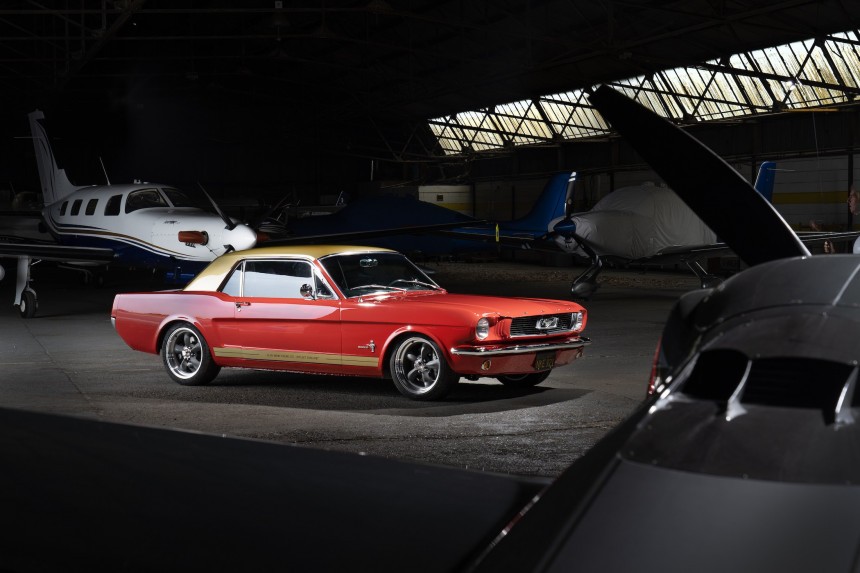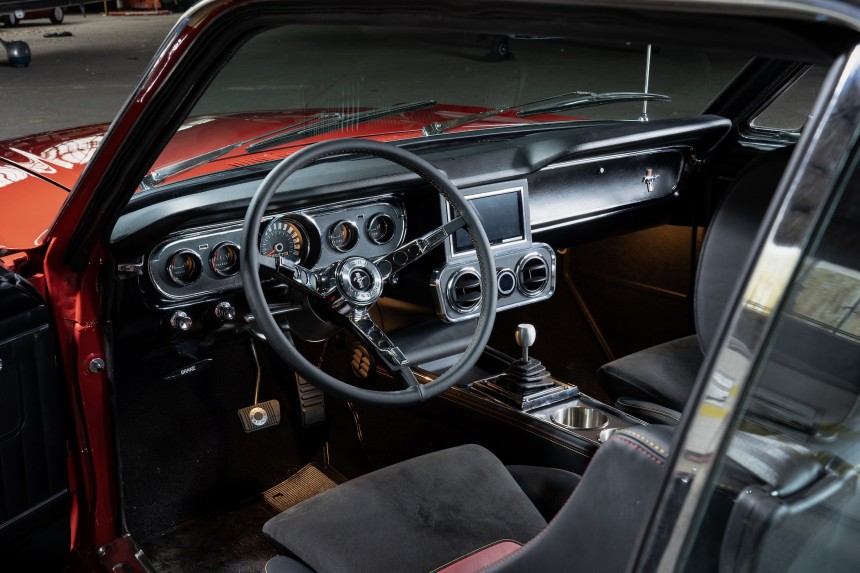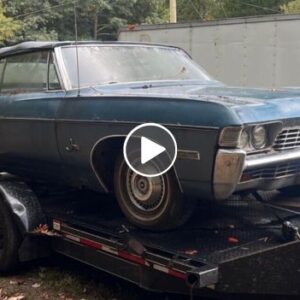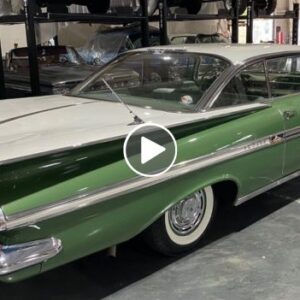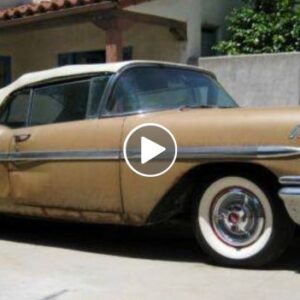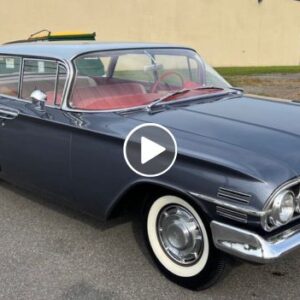The electrification of the automotive industry is doing wonders for the environment, but also for the design of new cars, because they now can adopt styling cues that were not possible with internal combustion engines. But it also makes for the perfect choice for people wishing to restore the good old classics of the industry while giving them a modern twist.
There are several companies currently doing this, and the scope of their business covers everything from European classics like Jaguar and Rolls-Royce to the American icons that brighten our everyday lives.
The Ford Mustang is a prime target for such a conversion, and we’ve already seen a number of such projects coming to light. The most recent is that of a vehicle called AMR ePower Ford Mustang.
First detailed back in October of last year, the model made its public debut this week at the Philadelphia Auto Show. And it impresses in the flesh just as much as it does on paper or on a computer screen.
The car is the product of a company called Mann ePower Cars. It’s a newcomer to the industry, born of an association between Pennsylvania-based electronics specialist Manncorp and Alan Mann Racing (AMR).
The stated goal of the new entity is to “transform classic Mustangs from the 1960s into powerful, fast, safe electro-mods,” making the ePower the first in what is hoped will become an entire line of such builds.
The first converted car was born in the Ford stables in 1965, making it a member of the very first generation of the breed. It looks exactly the same as it originally did, but behaves better thanks to the completely new powertrain it packs.
That would be a combination of a permanent-magnet synchronous electric motor and a 72 kWh battery that have been installed in the car after the original powertrain was stripped from the Mustang.
The combination is extremely potent, far more so than what Ford offered back in the day. The electric motor cranks out no less than 300 horsepower and 662 lb-ft of torque, all of it available instantly, as is the case with electric powertrains.
The power of the engine is sent to the wheels by means of a Torsen limited-slip differential. Once it reaches them, the drive’s punch is enough to push the Mustang to 60 mph from a standstill in 5.1 seconds, and on to a top speed of 100 mph (161 kph). That value is so low because the top speed has been limited intentionally, for reasons that have not been disclosed.
The battery of the car allows for a maximum driving range of 220 miles (354 km), while charging times sit at 40 minutes to reach 80 percent from either AC or DC outlets.
The fitting of a new heart for the car is not the only change Mann ePower performs on these things. The remaining mechanical bits are replaced or refurbished, depending on the condition of the base car.
The chassis, for instance, is stripped as well and then gifted with what the company calls “racing-standard componentry.” That description covers pretty much everything, from the independent double wishbone suspension with billet aluminum uprights to the new braking system, now comprising ventilated front and rear discs and piston calipers front and rear.
The body of the Mustang is not altered in any way, safe for the potential repairs needed here and there. The same goes for the interior, where the company is trying to retain as much of the original look and vibe as possible.
That doesn’t mean the Mustang isn’t modernized in any way. Things we can’t do without in modern-day cars, like racing seats, Bluetooth, and a video display, they all make their way inside the electro-mod.
Mann ePower Cars says it can perform all the modifications displayed on this here ePower on any Mustang from the 1960s, in either coupe or fastback body styles. The company’s engineers are said to need 1,000 hours of work to complete the transformation. The base Mustangs can be provided either by the customer, or by Mann ePower itself.
What that means is we are to expect a potential flood of such conversions – in fact, this crew promises exactly this. The only thing that can stay in the way of the idea’s potential success is the steep price of such a build.
The final price of each built will likely vary greatly, depending on a variety of factors, but word is you’ll not be able to get your hands on an AMR ePower Ford Mustang for less than $240,000 or thereabouts. It’s unclear when actual production will begin.
